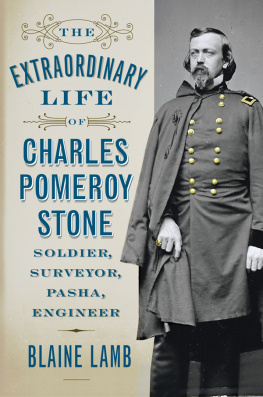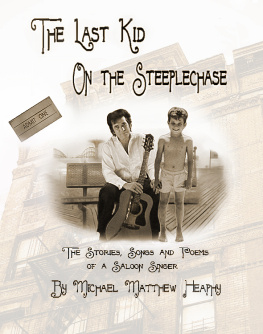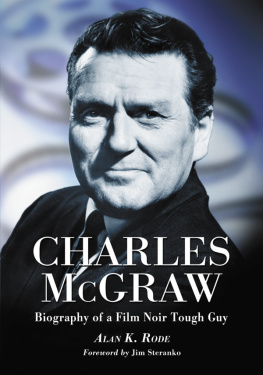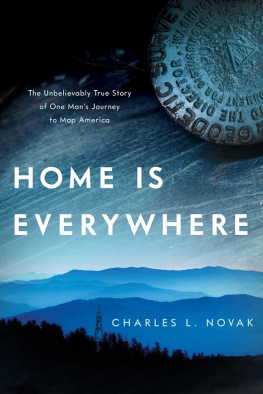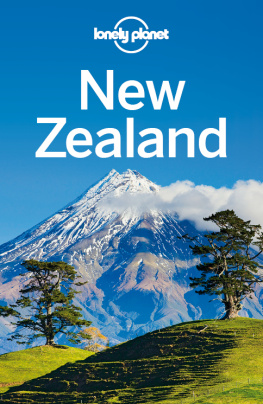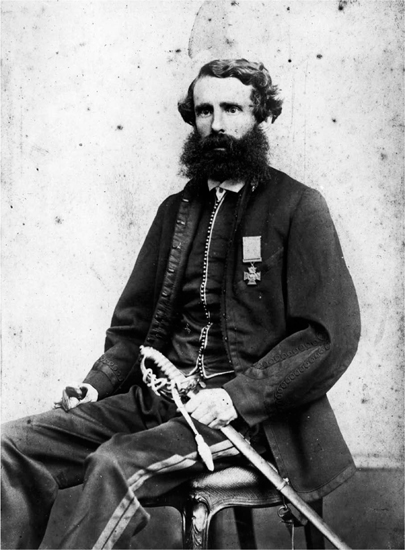HEAPHY
Iain Sharp

First published 2008
This ebook edition 2013
Auckland University Press
University of Auckland
Private Bag 92019
Auckland 1142, New Zealand
www.press.auckland.ac.nz
Iain Sharp, 2008
e ISBN 978 1 86940 804 6
National Library of New Zealand Cataloguing-in-Publication Data
Sharp, Iain.
Heaphy / Iain Sharp.
Includes index.
eISBN 9781869408046
1. Heaphy, Charles, 1820-1881. 2. Painting, New Zealand19th century. 3. PaintersNew ZealandBiography. I. Title. 759.993dc 22
Publication is assisted by 
Produced with the kind support of the
Friends of the Turnbull Library
This book is copyright. Apart from fair dealing for the purpose of private study, research, criticism or review, as permitted under the Copyright Act, no part may be reproduced by any process without prior permission of the publisher.
FRONTISPIECE : detail, Contentment! Whangape Lake. Taking it easy, c. 1850s, pencil drawing, 105 x 170 mm. AUCKLAND WAR MEMORIAL MUSEUM, CALL NO. PD 56 (87) 04 A ENDPAPERS : detail, The Mahurangi coast line, c. 1854, pen and watercolour map, 540 x 570 mm. SPECIAL COLLECTIONS, AUCKLAND CITY LIBRARIES, NEW ZEALAND MAP NO . 38 COVER IMAGE : Charles Heaphy, Astrolabe Roads, Tasmans Gulf, 1841, watercolour painting, 287 x 425 mm. ALEXANDER TURNBULL LIBRARY, WELLINGTON, NEW ZEALAND, REFERENCE NO. B -043-018
CONTENTS
When I was at Library School in Wellington in 1979, I was fortunate to have among my classmates Philip Rainer and Gordon Maitland. One of the great pleasures for me in researching this book was renewing my friendships with Philip (now deputy chief librarian at the Alexander Turnbull Library) and Gordon (now curator of pictorial collections at Auckland War Memorial Museum). Their courtesy is exceeded only by their expertise.
I am also deeply grateful to two other old friends Donald Kerr and Gregory OBrien for their enthusiastic support of the project from the start.
I thank the Friends of the Turnbull Library, too, for their generous assistance.
I also wish to thank my colleagues in the Special Collections department of Auckland City Libraries Mandy Clark, Tim Coster, Kate de Courcy, Keith Giles, Maggie Milsom, Elspeth Orwin, Georgia Prince, Ian Snowdon and Helen Stevens and Theresa Graham, manager of the librarys Heritage Floor, not only for their forbearance when I was obviously distracted by Heaphy but also for pointing me towards information I might otherwise have missed.
Roy Montgomery from the Environment, Society and Design Division of Lincoln University generously shared with me the results of research into Heaphys early cartography. Marian Minson, curator of drawings and prints at the Alexander Turnbull Library, was willing to impart some of her vast knowledge of nineteenth-century New Zealand art. Wellington artist, actor and historian Dinah Priestley supplied details about Heaphys Thorndon addresses and shared insights into Heaphys personality. Conversations with Auckland scholar Sascha Nolden about Ferdinand von Hochstetters relationship with Heaphy were invaluable and Sascha also directed me towards Heaphys 1861 letter to Austrian lepidopterist Cajetan von Felder.
For specific information I am also indebted to Ron Brownson, Catherine Hammond and Geoffrey Heath at Auckland Art Gallery Toi o Tamaki, Caroline Thomas at Te Papa Tongarewa Museum of New Zealand, Stephanie Lambert at the Te Awamutu Museum, Carla Purdue at the Whanganui Regional Museum, Wendy Cawthorne at the Geological Society Library in London, Elizabeth King and Andrew Potter at the Royal Academy Library in London and Edward Wakeling, editor of Lewis Carrolls Diaries.
In regards to the illustrations, the co-operation of the two biggest repositories, the Alexander Turnbull Library in Wellington and the Auckland War Memorial Museum, has been crucial to the project. The assistance of the Auckland Art Gallery Toi o Tamaki, Auckland City Libraries, the National Library of Australia, the National Portrait Gallery in London and Mark Annand is also gratefully acknowledged.
While the failings of this book remain, of course, my own, it has certainly been improved by the expert advice of the Auckland University Press team, especially Sam Elworthy, Anna Hodge and Katrina Duncan.
Finally a special thanks must go to my dearest friend Joy MacKenzie, who not only put up with me babbling on about Heaphy for months but also bought me several Heaphy art prints through Trade Me.
Charles Heaphy, c. 1867, photographer unknown. ALEXANDER TURNBULL LIBRARY, WELLINGTON, NEW ZEALAND, REFERENCE NO. 1/2-003062-F
Reading the Face
T HE PHOTOGRAPH OPPOSITE, CIRCA 1867, HAS BECOME THE STANDARD IMAGE of the man, reproduced on the Dictionary of New Zealand Biography website and in many books and magazine articles. No longer young but not yet grey, Charles Heaphy sits wearing the rather shabby and makeshift uniform of a colonial soldier. His hair has been brushed off his forehead, but even by the shaggy standards of Victorian times his whiskers are somewhat unkempt. In his right hand he holds a pair of gloves, signifying his status as an officer and a gentleman. His left hand grasps the steel scabbard of an 1821-pattern British cavalry sword a weapon that proved of more ceremonial than practical use during the Waikato war of 186364. On prominent display, pinned over his heart, is the Victoria Cross.
You will recognise Her Majestys little present in it, he half-joked and half-boasted in 1869, when sending a copy of the photograph to his old friend Frederick Moore, whom he had not seen for many years. Evidently he considered the image a good likeness and was happy to present himself to the world in military attire. With the passage of time, the Waikato war and the confiscation of vast tracts of land from the Maori combatants in its aftermath have increasingly been viewed as a shameful episode in the countrys history. Heaphy, however, was not in the least ashamed of his participation. He probably believed he was advancing the cause of civilisation. He joined in the fighting not as a reluctant draftee but a keen volunteer. He later headed the government team which surveyed the confiscated territory (more than a million hectares) and divided it into allotments for sale. Although his soldierly activities after the war did not extend beyond occasional moonlight marches around Auckland with his fellow riflemen, he was pleased to be addressed by one and all as Major Heaphy for the rest of his life. Indeed, his wife even referred to him this way in chatty letters to her sisters. Gaining the Victoria Cross was undoubtedly one of his proudest achievements.
His accomplishments were various, for Heaphy was a multi-faceted figure. Most people would count themselves lucky to have a single claim to enduring fame. Heaphy has three. The first is his artwork. Art historians generally agree that he was the most gifted of the painters who lived in or visited New Zealand in the early colonial period. The second is his intrepidity as an explorer. He helped to open up the New Zealand interior and he was one of the first two white men to travel by foot along the west coast of the South Island. The third, commemorated in the photograph, is the VC. He can be claimed as the first New Zealander to receive the medal, even if the need for inverted commas indicates the shakiness of this term when applied to an early settler of British extraction.



